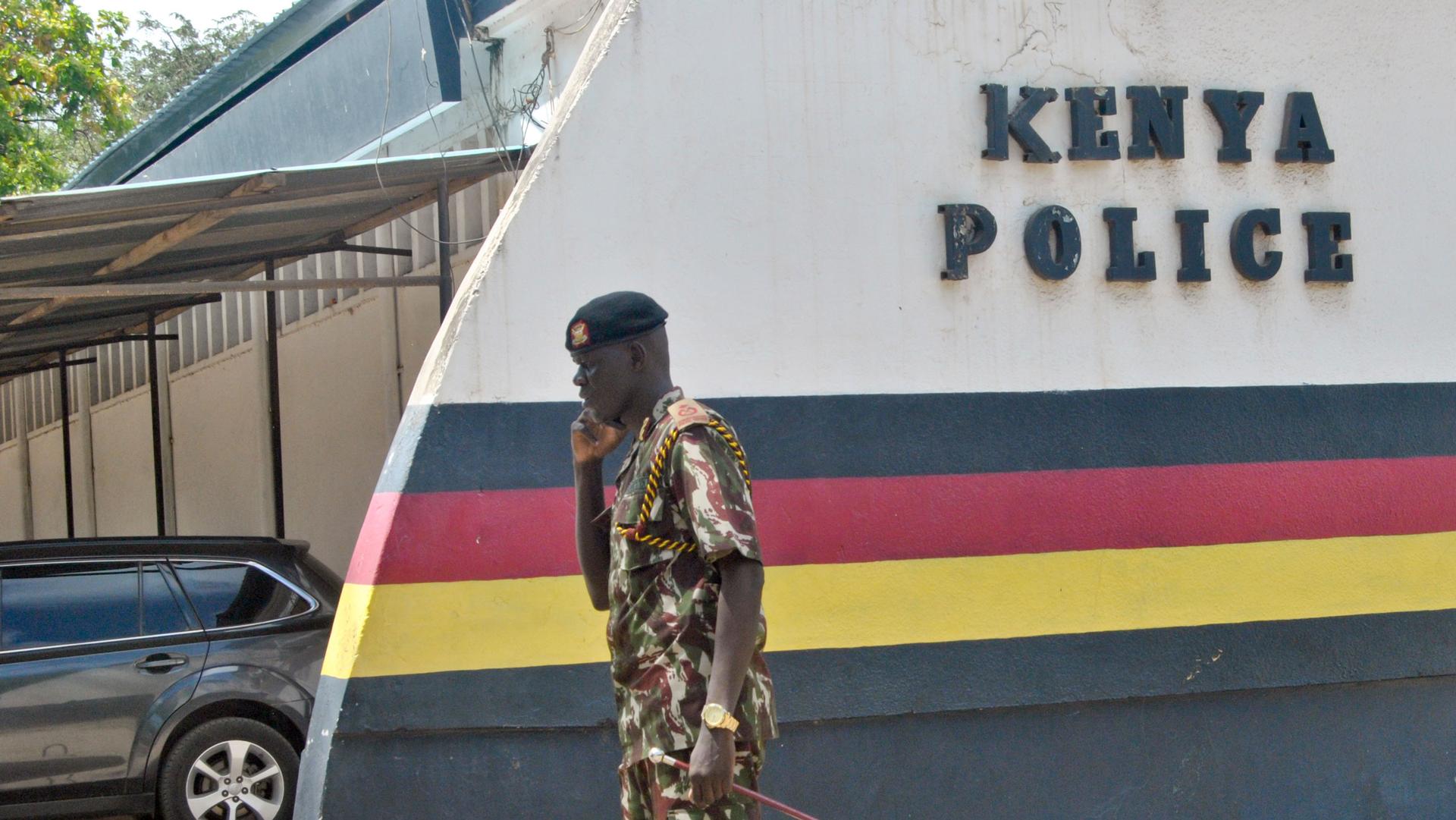This analysis was featured in Critical State, a weekly foreign policy newsletter from Inkstick Media. Subscribe here.
One of the questions advocates of police abolition get asked most often is “if someone burgles my house, who will I call if there aren’t any police?” That specific question is absurd — few police anywhere in the world will actually get your stuff back after your house has been burgled — but the questions underneath it are worth contemplating (and abolitionists have spent a long time contemplating them). What does a world without police look like? How is the provision of day to day security organized when the state is not making an effort to determine who will and will not experience physical violence in a community? People all over the world and in various time periods have come up with answers to those questions, some more successful than others. This week and next on Deep Dive, we’ll look at recent research on alternate forms of local security provision in areas that, if you asked police, they would say are “underpoliced.”
Related: What does ‘legitimacy’ mean: Part I
One modern site of alternative local security provision is the outskirts of many major cities, where population density is high but city services tend not to reach. A new article in the journal African Affairs by researcher Kamau Wairuri tracks a particular instance of conflict about security provision under those conditions, in the urban periphery of Nairobi, Kenya. Wairuri’s account is particularly notable because it describes a conflict between a form of alternative security provision and an effort to increase police accountability in much the same way that police reform (as opposed to abolition) movements have urged around the world.
Related: Polish border police push back migrants at Belarus border
In 2013, a Kenyan police constable known popularly as Katitu shot and killed a young man named Kenneth Kimani in the Nairobi township of Githurai. Katitu claimed that Kimani was a thief, and that shooting the young man was all part of his police duties. Kimani’s family disputed the charges, and filed a complaint about the killing with Kenya’s Independent Policing Oversight Authority (IPOA). The IPOA investigated and sided with the family, recommending that Katitu be prosecuted for murder. Shortly before his arrest in 2014, Katitu then shot and killed another man he accused of being a thief: Oscar Muchoki, Kimani’s older brother and an important witness against Katitu in his murder trial.
Related: What does ‘legitimacy’ mean: Part II
Katitu was arrested shortly thereafter, and Githurai erupted. Mass protests shut the neighborhood down, and eventually the paramilitary Special Service Unit was called in to brutally end the uprising. These protests, however, were not to oppose the police killing of Kimani and Oscar. Instead, they were in defense of Katitu, and an expression of outrage at the false but widely held perception that he had been arrested for killing Oscar. The work of the IPOA, then a new organization in Kenya, had not led to an embrace of a new era of police accountability in Githurai. Rather, it heightened the tensions between the IPOA’s vision for policing and the reality of security provision for people in Githurai.
Related: Sweden’s gun violence rates have soared. But this Swedish city is bucking that trend.
Wairuri spoke to 33 Githurai residents who observed or participated in the protests to better understand why they took place and what people hoped to achieve. What they told him illuminates a great deal about both alternative security provision and the problems faced by police reform efforts that see “police accountability” as their ultimate goal.
Wairuri’s interlocutors described a security situation in Githurai in which people relied on vigilantism to get redress for crimes. The state had crushed a local vigilante group in the years before Katitu’s killings, so people had turned to a kind of hybrid institution: police vigilantes. These were people employed as police who acted to resolve disputes and seek redress informally rather than through formal legal processes. In many cases, these informal forms of dispute resolution involved significant violence, but many people saw the violence as legitimate because it offers a method of quick, public redress that Kenyan courts cannot produce. Katitu was a leading police vigilante in Githurai, and when he was arrested, many saw it not as a victory for police accountability but as the removal of a quasi-state figure who was, if not accountable, at least responsive to their needs.
The protests, then, were not against the concept of police accountability but, as Wairuri writes, “against the interference of a state that has failed to protect people in the local security management systems that people see as effective and efficient.” The vision of police reform articulated by IPOA failed to engage with the forms of security provision actually present on the ground in Githurai. When police reform efforts attempt to enact an idealized form of policing without understanding the constellation of formal and informal institutions that produce most peoples’ security arrangements, they run the same risks that IPOA faced in the Katitu case. One virtue of the discourse around police abolition, as opposed to reform, is that it is rooted in the lived reality of existing security arrangements, many of which already function outside the structures of conventional policing.
Critical State is your weekly fix of foreign policy analysis from the staff at Inkstick Media. Subscribe here.
